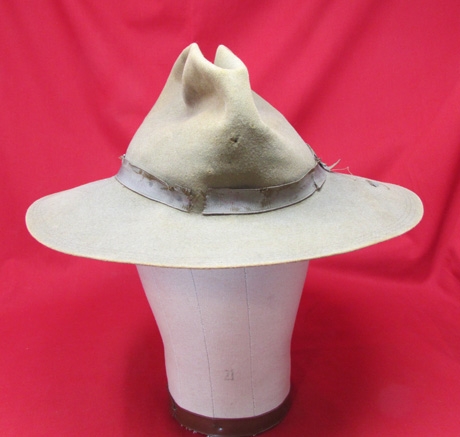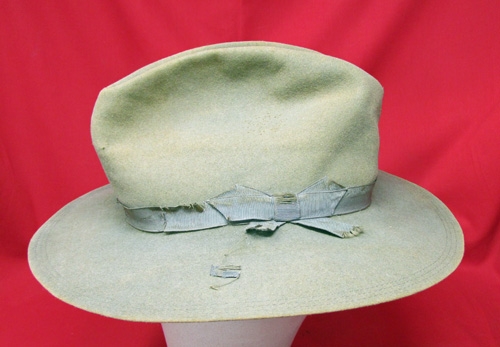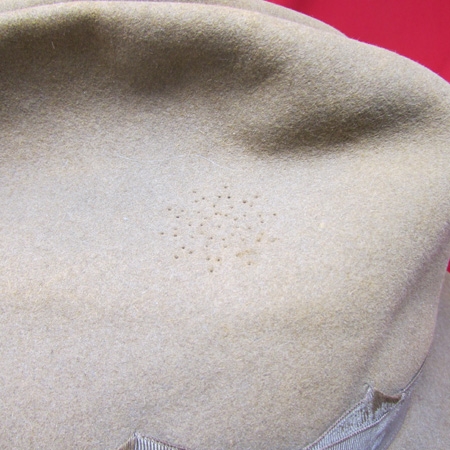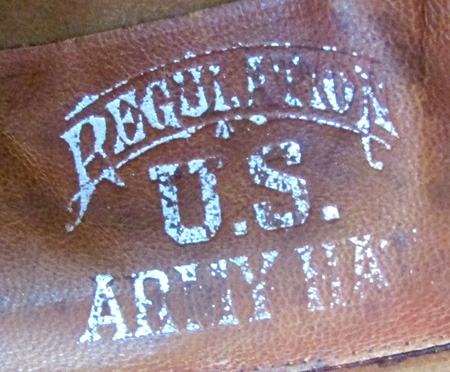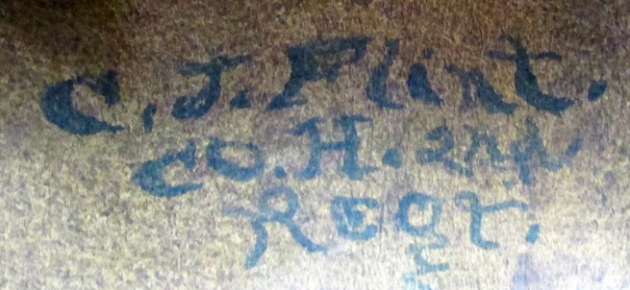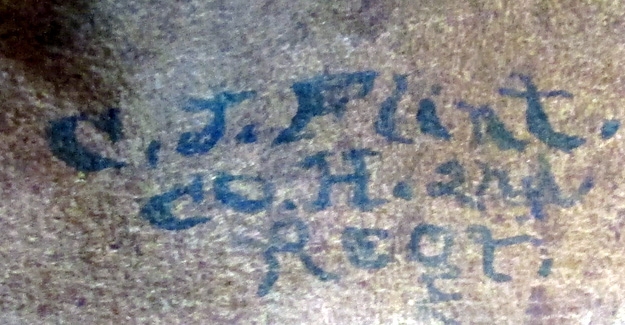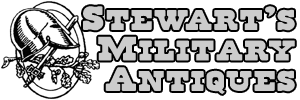US Spanish American War Campaign Hat, Snowflake Vent, Named, Possibel El Caney Participant
This item is listed for historical interest only. It was listed on our site previously but has
been sold and is no longer available for purchase.
Sold for: $550.00
US Spanish American War Campaign Hat, Snowflake Vent, Named, Possibel El Caney Participant
This item is listed for historical interest only. It was listed on our site previously but has
been sold and is no longer available for purchase.
Sold for: $550.00
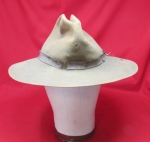 Original era manufacture. Grayish-tan wool felt hat, with a triple bound edge stitching and brown leather sweatband. On each side of the hat body is a perforated design for ventilation; known in collector parlance the "snowflake" pattern.The leather sweatband is basically sound, ith a very clear silver embossed logo, "Regulation U.S. Army Hat". The stitching is loose in the back, but securely stitched in the front, size about a 6 1/4.Nice fore & aft crease in the crown with perforations on the front from where a metal insignia was mounted at one time. The silk ribbon at the base of the crown is more or less intact, displaying wear to the ends of the bow, and a gap at the front of the hat. Named on the inside of the sweatband, C.J. Flint, Co. H, 2nd Rgt. Doing a quick look on Ancestry, I found a Charles J. Flint in Company H (listed as K on ancestry) 2nd Massachusetts Infantry. They went to Cuba in 1898 and fought at the battle of El Caney, should be fun to see if C.J. Flint was there. A quick comment on the Ancestry listing, though it is stated as company K on the site, when you look at the microfilm document provided, the letter was written in cursive, looking very much like the letter H, but easy enough to interpret it as a K. Ancestry is a fantastic resource, but caution needs to be exercised when using it; an open mind, and a bit of sleuthing and digging is also required. Much of their original source information is entered in there by hand, and trying to interpret someone's handwriting from 100 plus years ago can be a challenge, especially if you are not familiar with old military documents. I have encountered this many times when researching British Medals, you just need to think outside the box a bit. It's all part of the challenge I think.
Original era manufacture. Grayish-tan wool felt hat, with a triple bound edge stitching and brown leather sweatband. On each side of the hat body is a perforated design for ventilation; known in collector parlance the "snowflake" pattern.The leather sweatband is basically sound, ith a very clear silver embossed logo, "Regulation U.S. Army Hat". The stitching is loose in the back, but securely stitched in the front, size about a 6 1/4.Nice fore & aft crease in the crown with perforations on the front from where a metal insignia was mounted at one time. The silk ribbon at the base of the crown is more or less intact, displaying wear to the ends of the bow, and a gap at the front of the hat. Named on the inside of the sweatband, C.J. Flint, Co. H, 2nd Rgt. Doing a quick look on Ancestry, I found a Charles J. Flint in Company H (listed as K on ancestry) 2nd Massachusetts Infantry. They went to Cuba in 1898 and fought at the battle of El Caney, should be fun to see if C.J. Flint was there. A quick comment on the Ancestry listing, though it is stated as company K on the site, when you look at the microfilm document provided, the letter was written in cursive, looking very much like the letter H, but easy enough to interpret it as a K. Ancestry is a fantastic resource, but caution needs to be exercised when using it; an open mind, and a bit of sleuthing and digging is also required. Much of their original source information is entered in there by hand, and trying to interpret someone's handwriting from 100 plus years ago can be a challenge, especially if you are not familiar with old military documents. I have encountered this many times when researching British Medals, you just need to think outside the box a bit. It's all part of the challenge I think.
Photos of US Spanish American War Campaign Hat, Snowflake Vent, Named, Possibel El Caney Participant
